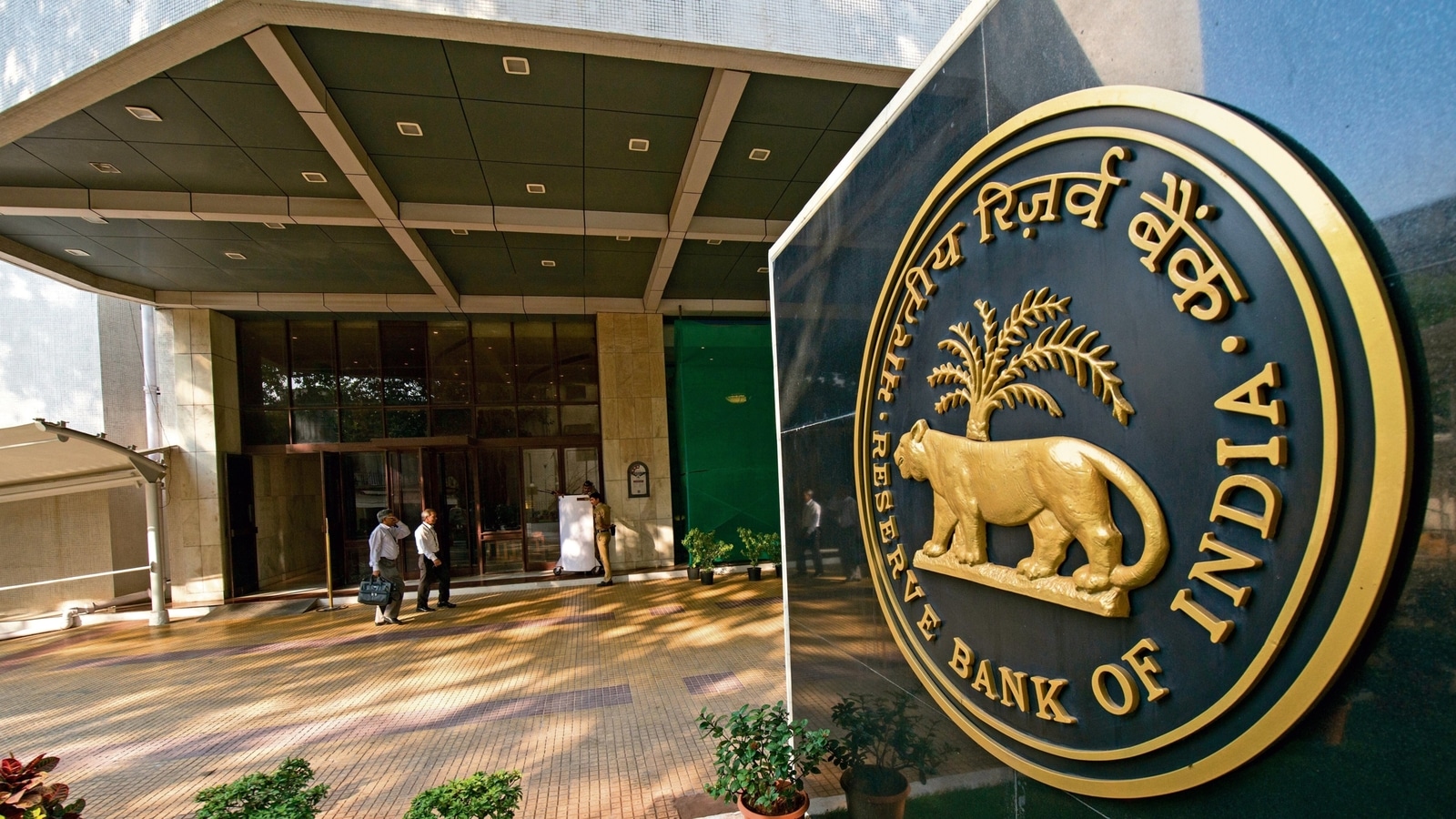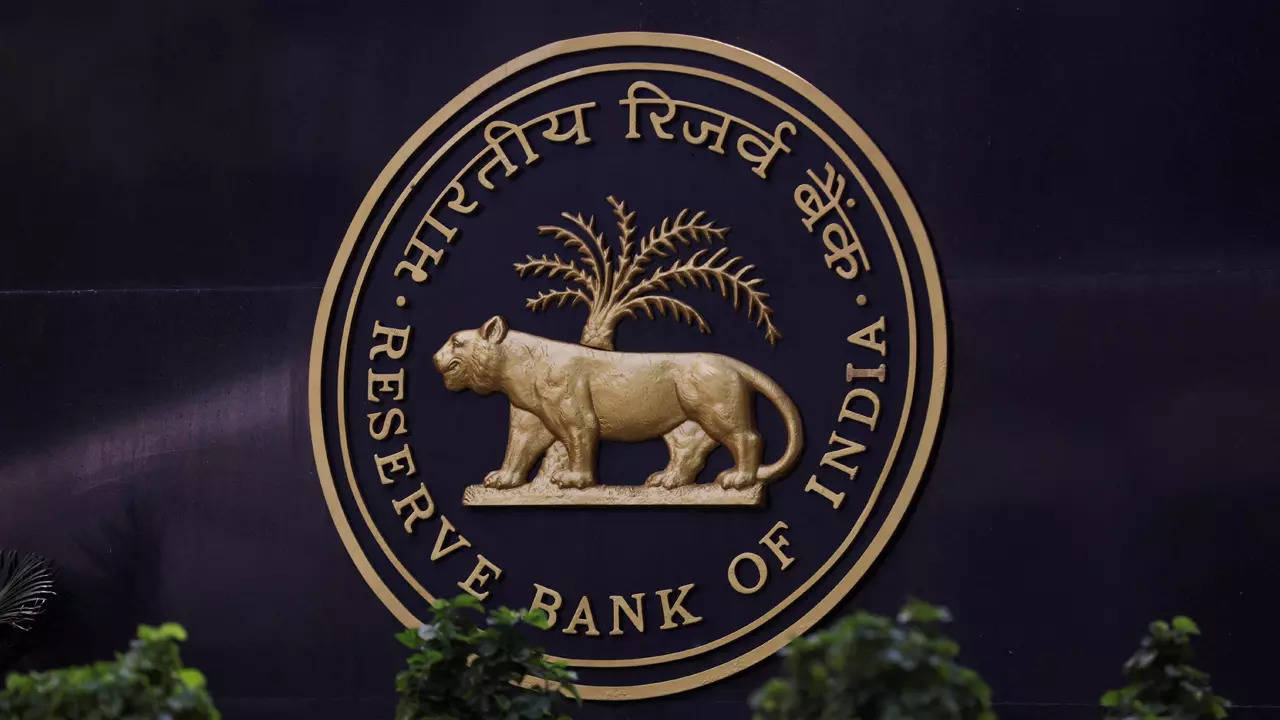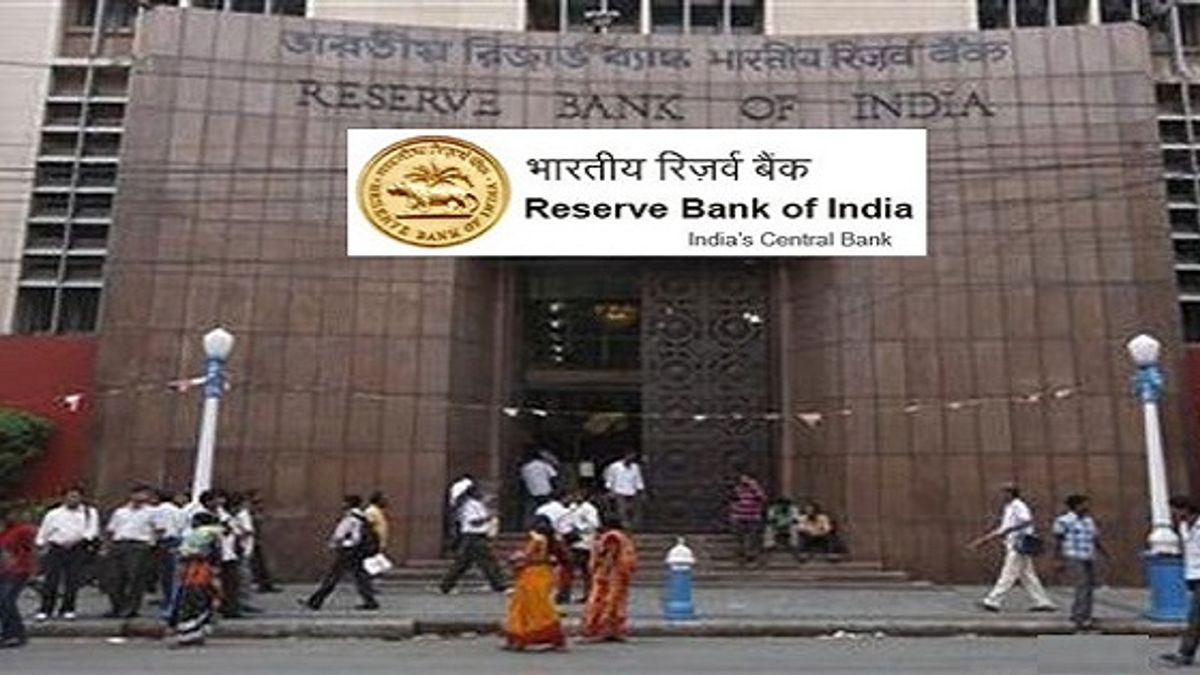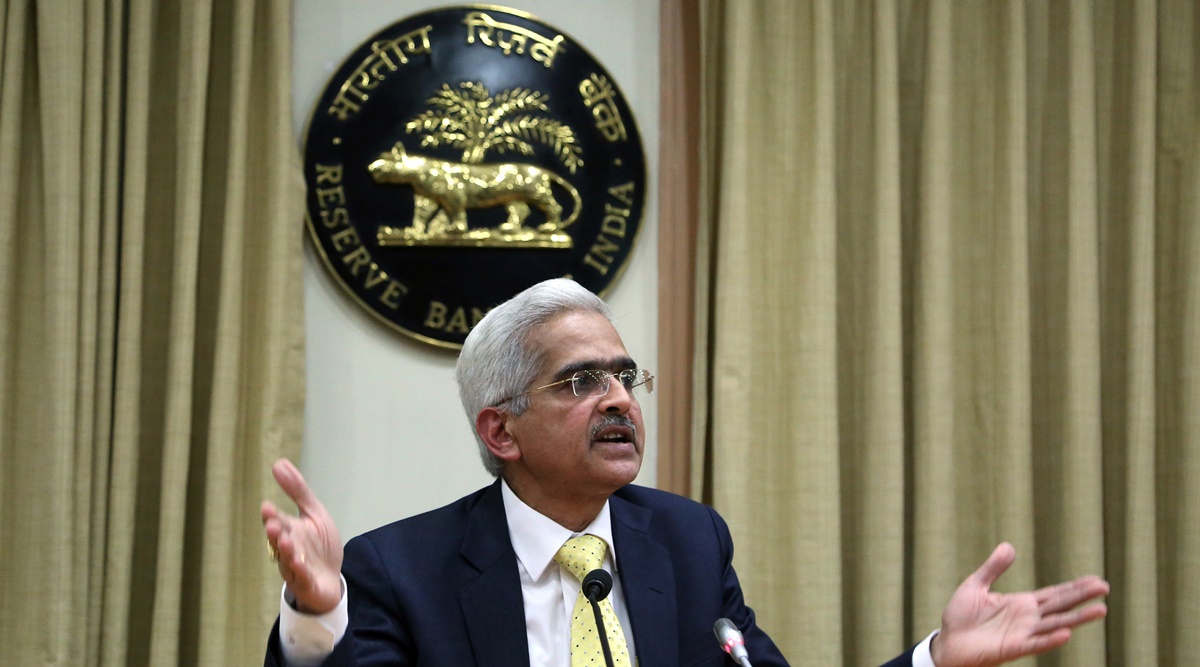RBI‘s circular on the issuance of cards a win for customers say experts for 2023

RBI‘s circular on the issuance of cards a win for customers say experts for 2023
The Reserve Bank of India (RBI) recently released a draft circular on July 5 regarding the issuance of debit, credit, and prepaid cards. Experts have analyzed the circular and believe that it will bring benefits to customers. However, they also anticipate that some banks may face additional operational costs as a result.
The circular emphasizes that card issuers, such as banks, should issue cards across multiple card networks. This means that instead of being limited to a single network, customers should have the option to choose from multiple card networks for their debit, credit, or prepaid cards. By offering this choice, the RBI aims to promote competition and enhance customer convenience.

The provision of multiple card networks allows customers to select a network that suits their needs and preferences. It may offer advantages such as wider acceptance at various merchants or better rewards and benefits associated with specific networks. This increased competition among card networks can lead to improved services, innovative features, and competitive pricing, ultimately benefiting the customers.
However, implementing this requirement may involve some operational changes and costs for banks. They will need to establish arrangements and infrastructure to support multiple card networks. This could include integrating with different networks, ensuring compatibility, and managing the technical aspects of card issuance across various networks. These additional operational expenses could potentially impact the banks, and they may need to adjust their processes and systems accordingly.

Overall, the RBI’s draft circular on the issuance of debit, credit, and prepaid cards aims to provide customers with more options and enhance their banking experience. While it is expected to be beneficial for customers, banks may face some challenges in implementing the necessary changes and bearing the associated operational costs.
The statement from the senior executive of the private sector bank suggests that the mentioned development, which is not explicitly stated, will provide customers with increased options and flexibility in selecting their preferred credit cards from various issuers and networks.

By allowing customers to choose from a wider range of cards, this change is expected to enhance customer satisfaction and meet their specific needs and preferences. The executive views this move positively, emphasizing the benefits it will bring to customers by expanding their choices. However, without additional context or information, it is challenging to provide more specific details about the development being discussed.
The executive quoted above emphasizes that the circular mandating the inclusion of multiple card networks on the same card may necessitate a reevaluation of the fees and pricing structure between banks and card networks. This development implies that banks and card networks will likely engage in negotiations to determine the revised costs and fees associated with their collaboration.
The introduction of multiple card networks on a single card introduces additional complexity and operational considerations for card issuers, such as banks. They will need to invest in system upgrades and adapt their infrastructure to support the integration of multiple networks. These changes may entail additional expenses, including technology investments, maintenance costs, and personnel training.
As a result, banks and card networks will likely engage in discussions to determine how the financial burden of these operational adjustments will be shared. Renegotiating the fees and pricing structure will allow both parties to reassess the costs involved and ensure a fair distribution of expenses based on the added value brought by multiple card networks.

By entering into these negotiations, banks and card networks can aim to establish a new framework that aligns with the evolving industry landscape while maintaining a sustainable business model. These discussions will involve considering factors such as transaction volume, market share, network reliability, and the competitive landscape. The goal is to find a mutually beneficial arrangement that supports innovation, fosters healthy competition, and meets the needs of all stakeholders involved, including cardholders, banks, and card networks.
Ultimately, the renegotiation process will help facilitate the implementation of the circular’s requirements and enable banks and card networks to adapt to the changing market dynamics while ensuring the viability of their operations.
The statements you provided highlight the potential implications of a circular on banks and card networks. According to the executive mentioned, banks and card networks may need to negotiate and revise the fees associated with their services due to the circular. This could result in an increase in the annual fees that banks have to pay to card networks.
The increase in annual fees could lead to a slight rise in operational costs for banks. If banks decide to have multiple networks on the same card, they would have to pay the annual fee for each network, further adding to their expenses. This change may impact the profitability and cost structure of banks.
Raghunath Rudravelli, an Assistant General Manager at Dhanlaxmi Bank, suggests that the circular might lead to an increased demand for certain card issuers who provide additional services. He mentions the example of RuPay, stating that customers can use RuPay credit cards on UPI (Unified Payments Interface). This indicates that cards with extra features or functionalities may experience higher demand compared to others.
Overall, the circular could potentially affect the fees, operational costs, and demand for different card networks and issuers in the banking industry.
What does the circular say?
In the draft circular, the central bank highlights concerns regarding the current arrangements between card networks (such as Visa, Mastercard, etc.) and card issuers (both banks and non-banks) that are not beneficial for customers. These arrangements refer to the agreements or contracts governing the relationship between card issuers and card networks.
The central bank emphasizes that card issuers should not engage in any arrangement or agreement with card networks that restrict or prevent them from utilizing the services of other card networks. This means that card issuers should have the freedom to work with multiple card networks and not be bound exclusively to a single network.
Furthermore, the central bank states that both card issuers and card networks must comply with the existing agreements in place when making any amendments or renewals. This implies that any changes or updates to the agreements should respect and honor the terms and conditions agreed upon initially.
Overall, the central bank aims to promote a more customer-friendly environment by encouraging competition and ensuring that card issuers have the flexibility to choose among various card networks to provide better services to their customers.




